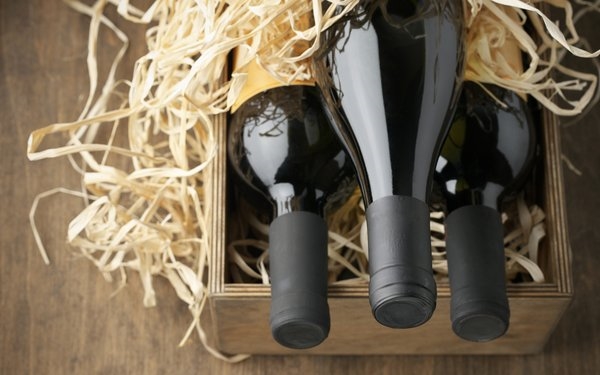Wine Whisperer: How Vivino Uses Email To Sell Fine Vino
Wine Whisperer: How Vivino Uses Email To Sell Fine Vino

One night at a dinner party, the host uncorked a bottle of Château d’Yquem Sauternes 2008, the highlight of an extensive tasting. His guests expressed their approval and one asked where he had bought it.
That was his secret. He purchased it through Vivino, an online wine marketplace serving more than 32 million wine drinkers worldwide. And he learned of its availability via email.
Vivino sources wines for its customers, using third parties, and offers them for attractive prices, much like Amazon does with products. Email produces the bulk of the ecommerce orders.
Backed by $57 million in funding, the firm hopes to be selling $1 billion worth of wine — and to achieve profitability — within two years. And email will be a big part of it, says Brant Cebulla, director of CRM at Vivino.
But serving a global user base presents global challenges. And email figures into that too.
Vivino was founded in Denmark in 2010 by Heini Zachariassen. It introduced its current app in 2012, and began to get serious about email in 2014.
That is no small task, given that there are now 9.5 million wines and 32 million customers, 4 million of whom receive regular emails about availability, which changes by the day. These wine lovers are the active base of an email audience estimated at 20 million. Wines go as high as $500-$700 for Second Flight from Screaming Eagle to as low as $4, judging by the brand’s website.
The company, which began with a home-based solution that allowed it to segment and deploy emails, quickly saw it could do a better job with its email. So it began looking for a new partner, to improve inboxing and deliverability worldwide.
Vivano began working with SendGrid in 2017, and saw almost immediate improvement in inbox placement and deliverability. Its open rates increased proportionately — from 14% to 40% globally — and targeting also improved. “One of the downfalls of the old system is that we weren’t paying attention to your classic email marketing data points — who’s opening, who’s clicking,” Cebulla explains. “We were paying a lot of attention to the Vivino apps, and that’s not a great indicator if a subscriber wants your emails.”
These improvements led to a 40% increase in both clicks and orders. SendGrid helped Vivino control such factors as deliverability so it could focus on content.
Vivino now sends roughly 50 million emails per month, 70% of them alerting customers to e-commerce wine availabilities. The other 30% consist of automated onboarding, cart abandonment, search-and-click and win-back emails.
The firm largely serves “consumers who are super-engaged with wine,” Cebulla states, who generally account for 40% of total online purchases, and it’s similar for the industry and for in-store buying.
The email is mostly centralized, with technology located in Denmark and marketing in San Francisco. But only 20% of the email base is in the U.S., so copy and production are outsourced in several locales. The company observes double opt-in everywhere.
What’s next? The company is looking to improve in driving clicks to its website through personalization. The company realizes that personalization can be based on a person’s wine preference, as revealed by purchase behavior or even scanning a wine label in the app. And it plans to “double down on this hypothesis,” Cebulla adds.
Another goal is automation. Finally, Vivino hopes to build on its millennial base to reach novices as well as connoisseurs and to reach consumers in countries like Brazil, which does not yet have an ecommerce infrastructure.
One of Vivino’s backers is Neptune International, the investment fund founded by Christopher Navarre, the former head of Moët Hennessy. It feels that its scale positions it to grow in a slow-growing market.
The goal? “Our hope is that much like an Amazon, we don’t need to tell users we have great wines on sale — they just know it, and come to our site and app to see it,” Cebulla concludes.
Let’s drink to that.
(74)


